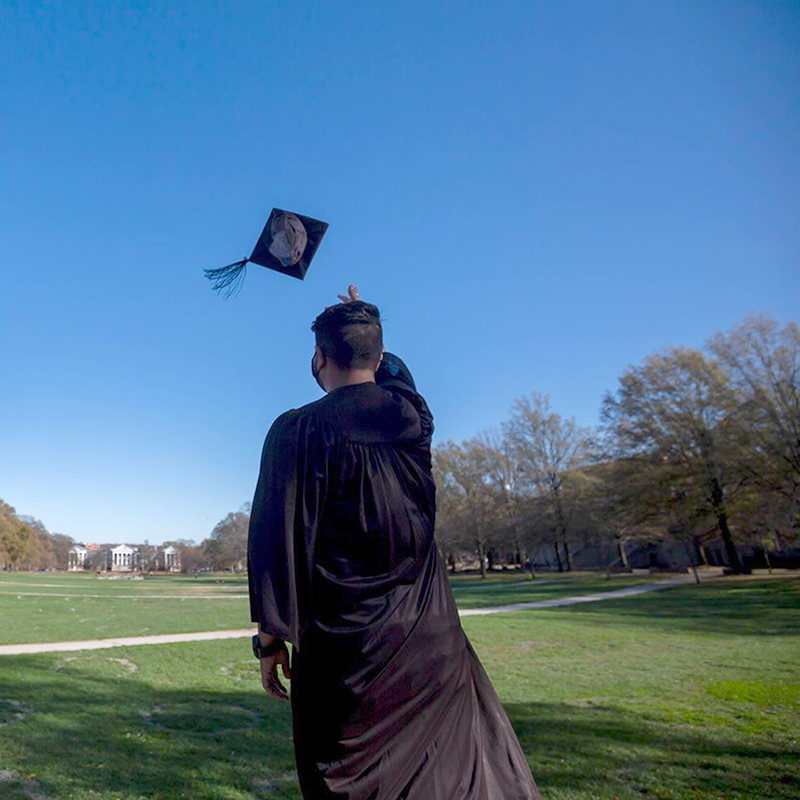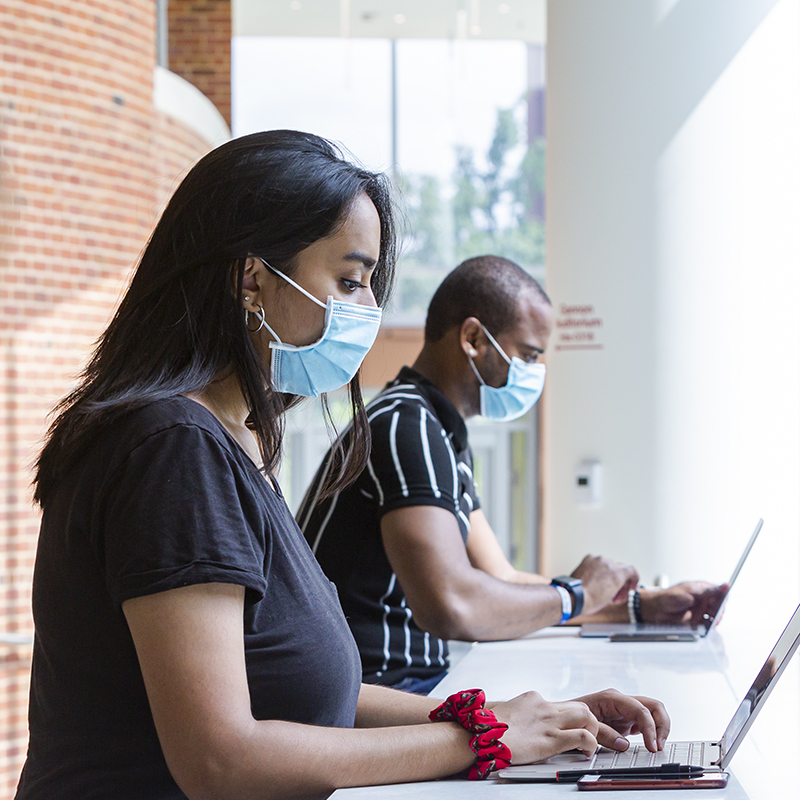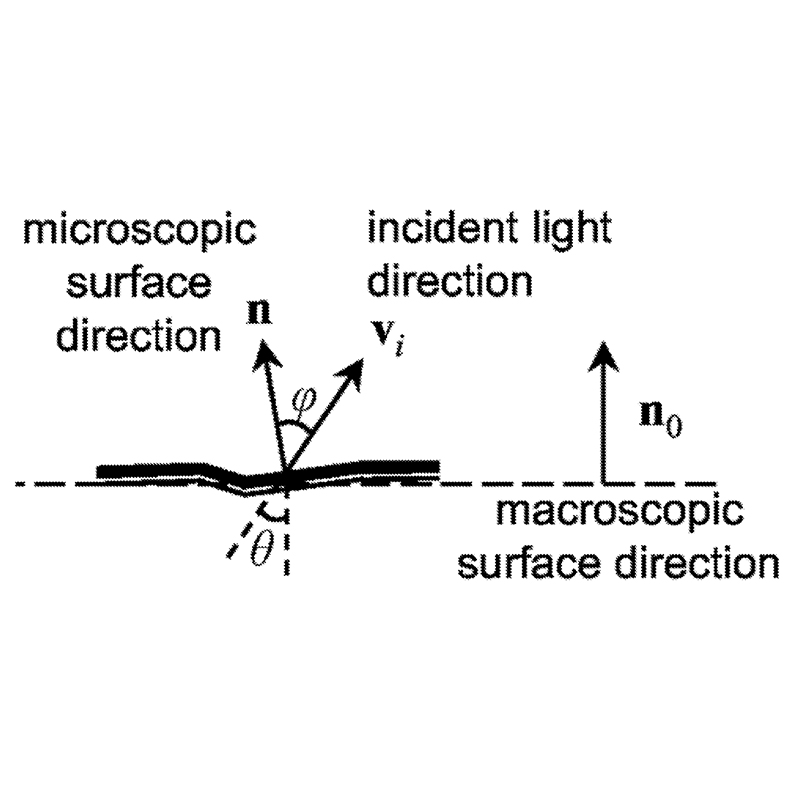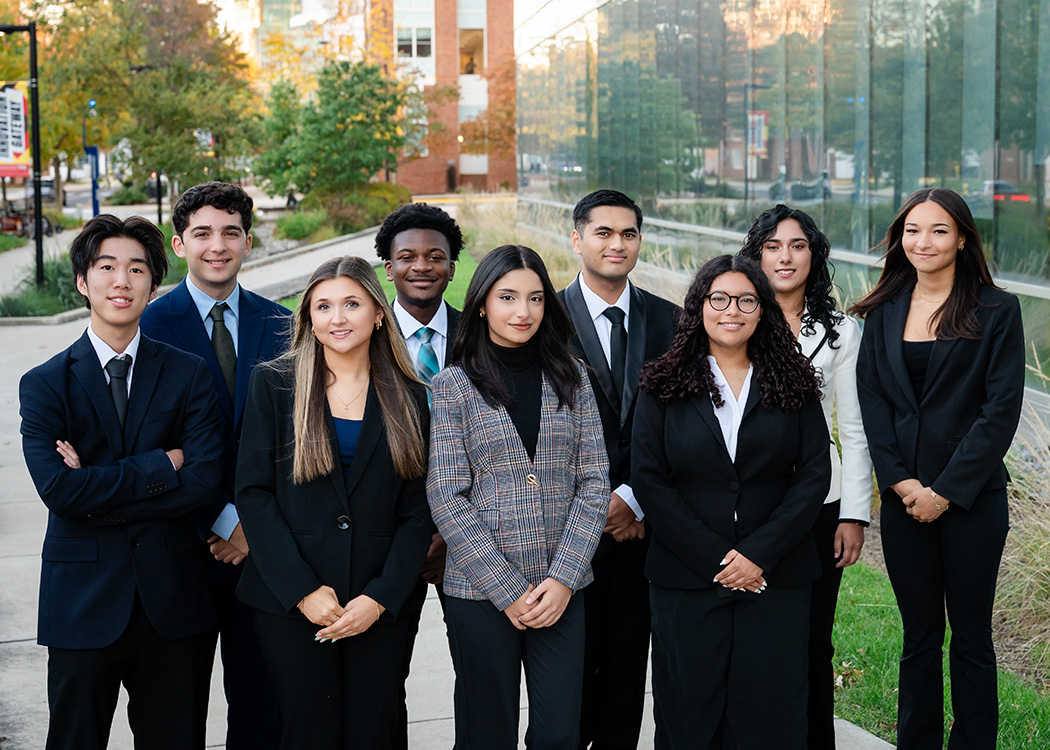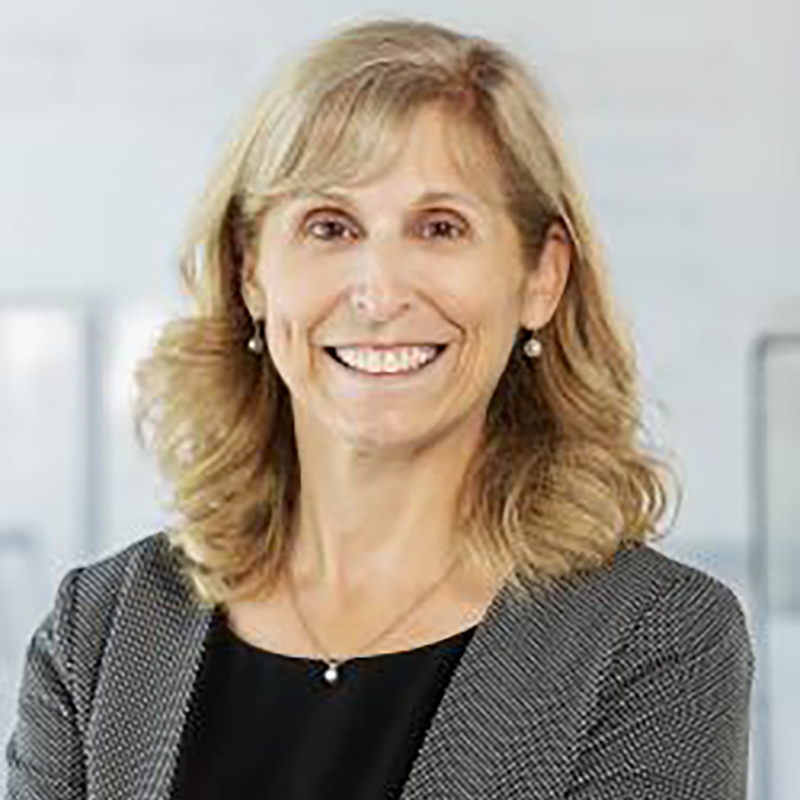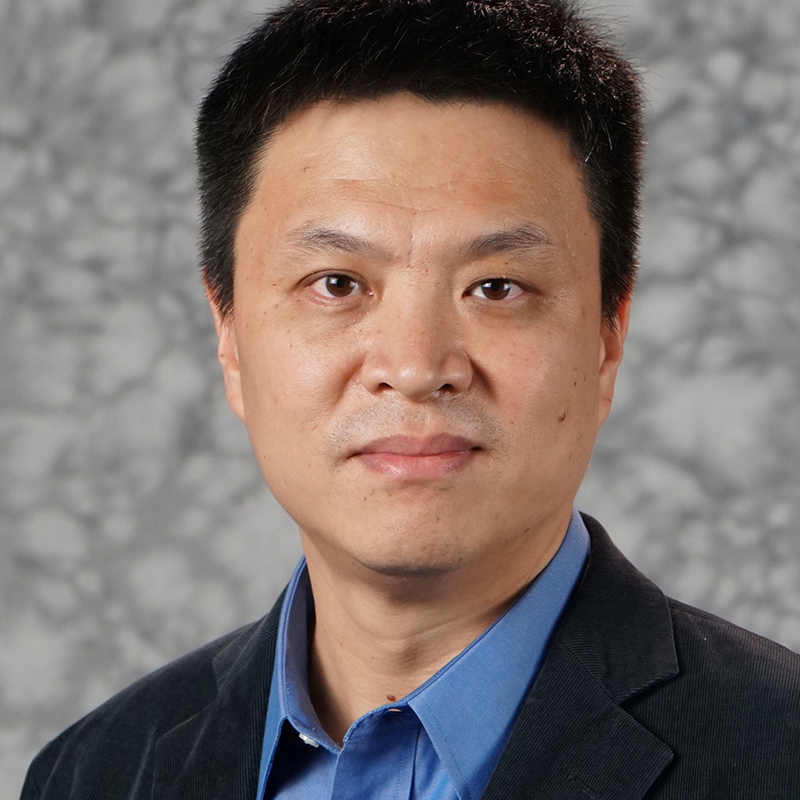News Story
Improving patient health, one Amazon Alexa at a time
Imagine a world where your Amazon Alexa checks on you to make sure you’ve taken your medication and alerts your provider with clinically important information. With the advent of new technology such as telehealth, Ph.D. student Lida Apergi (BMGT); Distinguished University Professor John Baras; ISR-affiliated Kenneth Wood, a professor of medicine in the Program in Trauma at the University of Maryland School of Medicine (UMSOM) in Baltimore; and Robert H. Smith School of Business faculty Margrét Bjarnadóttir and Apergi’s advisor Bruce Golden; want to make this a reality, strengthening the connection between patients and providers.
The team partnered with the MedStar Health Research Institute to analyze the impact and use of a voice-activated telehealth system, exploring patterns between patients with heart failure and use of telehealth to self-monitor their condition. Specifically, they investigated which patient characteristics are linked to increased technology usage. The MedStar team is led by Nawar Shara, director of the Department of Biostatistics and Biomedical Informatics at MedStar Health Research Institute, and includes doctors, study coordinators and scientists.
The team chose to monitor heart failure patients because the condition required patients to self-care and check in with their physicians regularly. Telehealth can help provide frequent feedback to healthcare providers about a patient’s compliance and symptoms.
“Using telehealth can greatly improve the response time of the provider,” says Shara. “Patients are told to call their provider immediately for certain signs of a worsening condition, but they often don’t. Using a telehealth system that’s enabled by Amazon Alexa, for instance, could help remind patients to take their medication and make sure that they are monitoring their condition as advised.”
In addition to the voice interface used by the patients, the team built a live dashboard that allowed the study coordinator to monitor the patients’ conditions and intervene when needed.
The study involved monitoring two groups of heart failure patients over the course of 90-days. Each group was assigned to a different type of voice interface: One group was assigned to use the Amazon Alexa voice interface while the other group used a tablet to interact with an animated and voice-enabled avatar. The research team measured the resulting data against patients’ demographic and clinical characteristics, as well as historical technology usage.
The team found that older patients were more likely to use the telehealth technology to manage their conditions. However, they also found that the more medications a patient was prescribed, the less likely they were to use telehealth technology.
“Telehealth is still relatively new, and we are still learning what impacts the adoption of these technologies,” Shara says. “However, we can form hypotheses based on our data. Patients who have multiple prescriptions may feel the need to meet with their doctor directly to discuss different symptoms and side effects, as opposed to interacting with the telehealth technology. Additionally they may have multiple diagnoses to track.”
While there is still more work to be done on the subject, this research could be the start of helping to empower patients to take better control of their care, as well as improving accessibility of healthcare to rural and vulnerable populations.
“This research has wider implications for using telehealth to manage other conditions – such as mental health,” says Bjarnadottir. “There are many chronic conditions that require patient self management. In this research we have clearly demonstrated that telehealth using voice interface technologies can serve a large role in empowering patients to better manage their health, potentially preventing adverse events such as hospitalizations and emergency department visits.”
Bjarnadottir says the project is a great example of how Maryland Smith partners with nearby leading healthcare organizations for work that can have big impacts on patient care.
“Not only could this project change how care is delivered locally, but it has the potential to change healthcare delivery nationwide,” she says. “This is especially true in this case as we see COVID-19 accelerate the adoption of telehealth technologies.”
— Thanks to Greg Murkowski of the Smith School for this story, which ISR recently also covered in this news item. Apergi graduated with her Ph.D. in 2020.
Published March 30, 2021

